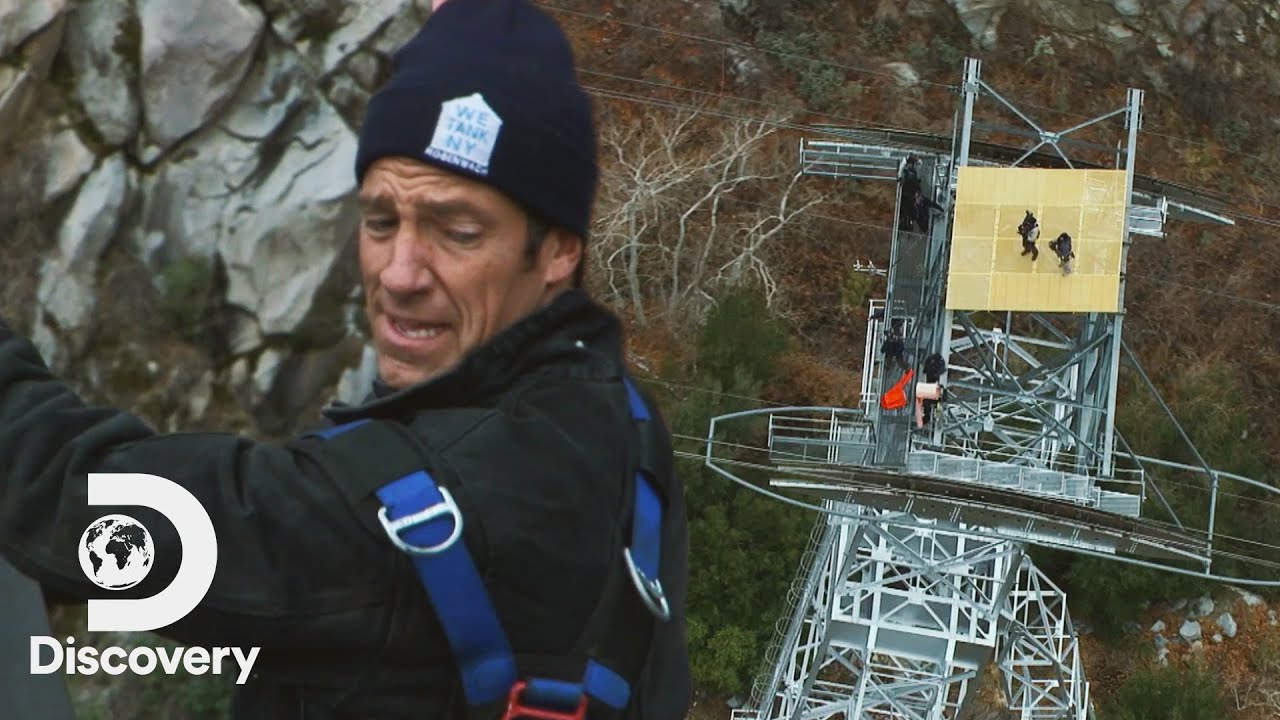Introduction: Overview of Rhode Island’s Wildlife
Rhode Island, the smallest state in the United States, may not be widely known for its wildlife diversity. However, this coastal state boasts a surprising array of native birds and animal species. From marshes and forests to beaches and urban areas, Rhode Island’s diverse ecosystems provide a habitat for a variety of wildlife. Among the many fascinating creatures that call this state home, the presence of eagles has long captured the interest of nature enthusiasts.
Native Birds in Rhode Island: An Overview
Rhode Island is home to a rich diversity of native bird species. From tiny songbirds to majestic raptors, the state offers a wide array of avian life. Native birds in Rhode Island include the American robin, the northern cardinal, the woodpecker, the blue jay, and the red-tailed hawk, to name just a few. These birds contribute to the state’s vibrant ecosystem and add beauty to its natural landscapes.
The Remarkable Species of Eagles Worldwide
Eagles are known for their impressive size, powerful wings, and sharp eyesight. These magnificent birds are found on every continent except Antarctica. There are more than 60 species of eagles worldwide, each with its own unique characteristics and habitats. Among the most well-known species are the bald eagle and the golden eagle, which have captivated the imaginations of people throughout history.
Bald Eagles: Their Habitat and Distribution
The bald eagle, a symbol of strength and freedom, is native to North America. These eagles prefer habitats near bodies of water, such as rivers, lakes, and coastlines. They build large nests, often in tall trees, and are known for their hunting prowess, catching fish, small mammals, and birds. Historically, bald eagles were found throughout North America, including Rhode Island, but their populations declined drastically due to habitat loss, pollution, and hunting.
Golden Eagles: Their Habitat and Distribution
Golden eagles, with their striking golden-brown feathers and impressive wingspan, are found throughout the Northern Hemisphere. They inhabit a wide range of habitats, from mountains and cliffs to open plains and forests. These eagles are highly adaptable and can be found in both remote wilderness areas and near human settlements. Golden eagles primarily hunt small mammals, such as rabbits and ground squirrels, but they are also known to prey on birds.
Eagle Sightings in Rhode Island: A Historical Perspective
Historical records suggest that both bald eagles and golden eagles were once present in Rhode Island. However, as with many other parts of the United States, the eagle populations in Rhode Island experienced a significant decline in the early 20th century. This decline was primarily due to habitat loss, pollution, and the use of pesticides. As a result, eagle sightings in Rhode Island became increasingly rare.
The Status of Eagles in Rhode Island Today
While bald eagles and golden eagles were once scarce in Rhode Island, there has been a remarkable recovery in recent years. Thanks to conservation efforts at the local, state, and federal levels, both species have made a comeback. As a result, eagle sightings have become more frequent, and the state’s eagles are a source of pride for Rhode Islanders.
Factors Affecting Eagle Populations in the State
Although the recovery of eagle populations in Rhode Island is a cause for celebration, several factors continue to affect their numbers. Habitat loss due to urbanization and land development remains a significant concern. Other threats include pollution, climate change, and collisions with power lines. Understanding and addressing these factors is essential to ensure the long-term survival of eagles in Rhode Island.
Conservation Efforts for Eagles in Rhode Island
To safeguard and protect eagle populations in Rhode Island, various conservation efforts have been implemented. These include the preservation of habitats, the establishment of protected areas, and the enforcement of laws to prevent habitat destruction and illegal hunting. Additionally, partnerships between government agencies, non-profit organizations, and local communities have been crucial in raising awareness and promoting conservation practices.
Eagle Monitoring Programs in the State
Monitoring programs play a vital role in understanding and managing eagle populations in Rhode Island. These programs involve collecting data on eagle sightings, nesting activities, and population trends. The data gathered helps researchers and conservationists make informed decisions to protect and manage eagle habitats effectively. Such monitoring programs provide valuable insights into the health and status of eagles in the state.
Promoting Eagle Awareness and Education in Rhode Island
Education and awareness play a crucial role in fostering a culture of conservation for eagles in Rhode Island. Through educational programs, workshops, and public outreach initiatives, the importance of eagles in the ecosystem can be emphasized. By educating the public about the threats facing eagles and the actions that can be taken to protect them, Rhode Islanders can contribute to the long-term conservation efforts for these majestic birds.
Conclusion: Rhode Island’s Potential for Eagle Conservation
Rhode Island’s wildlife diversity extends beyond its size, and the presence of eagles is a testament to the state’s potential for conservation efforts. The recovery of eagle populations in recent years is a remarkable achievement, but continued vigilance is needed to address ongoing threats. By preserving habitat, raising awareness, and implementing effective conservation strategies, Rhode Island can ensure a thriving future for its eagles. With the support of individuals, organizations, and communities, these majestic birds will continue to soar and inspire generations to come.





